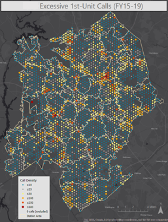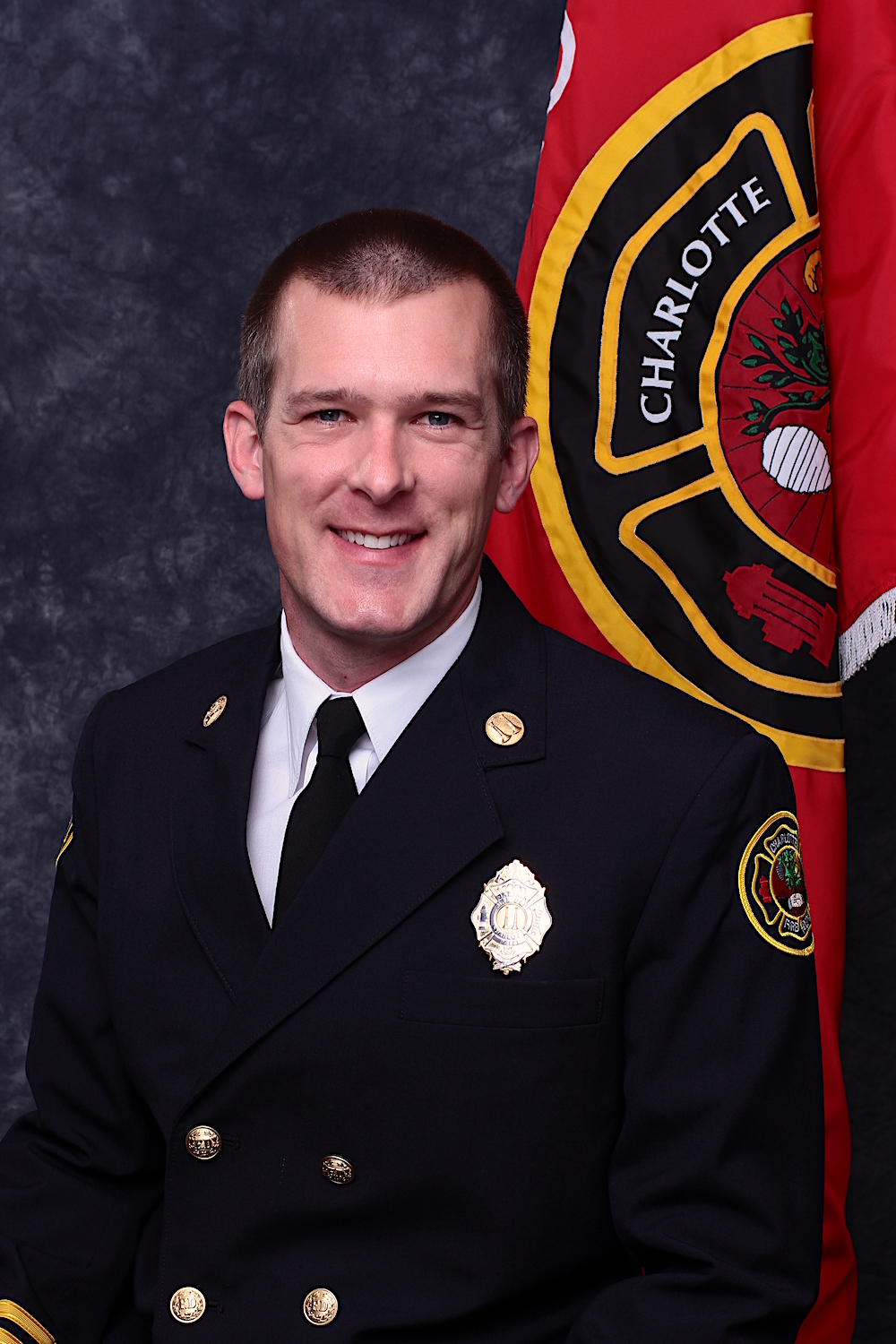The Organizational Benefits of Conducting a Complete Community Risk Assessment/Standard of Cover
by Division Chief David Farnum Jr. (CFO-2018)
“You don’t know what you don’t know.” At first this may sound like a non-sensical or disconcerting statement, but I would argue that it is critical to acknowledge this when developing your agency’s community risk assessment/standard of cover (CRA/SOC). Even as long-serving fire service professionals, we have knowledge gaps and may have potential risks within our communities that we have not yet identified, but that we still need to address. Simon Sinek, an author on leadership and a TED talk guru asks in a blog post:
“Knowing we don’t know everything, what’s the best way to learn more? . . .
Most of us stay in our industry to help us be better at what we do. We read our own industry’s trades, we attend our own industry’s conferences, we talk to others from our industry and we take classes offered by “experts” from the inside. Though we may learn bits and pieces this way, we can never learn to innovate and solve problems or think in new ways like this.”
Applying this to the fire service, both as an industry and within our own organizations, we rarely “look outside.” If you started your career in a fire station, then you understand. Questions are asked, and answered, at the station’s kitchen table, resulting in complex problems being solved in 24 hours. But we also know the fragility of these answers – they’re only good until shift change.
The overriding organizational benefit of going through the CRA/SOC process is to couple resiliency with a depth of understanding and explanation, and this benefit can be broken down into three parts:
- Revealing gaps in an existing risk assessment
- Establishing response benchmarks for identified risks
- Aligning internal and external communication with risk and response
You may be thinking “where do we get started?” and that’s a fair question. But if you’re not going to do this, then who is? Who else is better equipped to gather input from your community, from experts in your department, and from your command staff/leadership team?
Revealing gaps in an existing risk assessment
Conducting a complete CRA/SOC will assist your agency in revealing gaps in an existing risk assessment. Most fire service agencies have an established framework for performing some form of risk reduction that is usually a blend of company-level, fire prevention, or high-risk population inspections on a reoccurring schedule, be it mandated or adopted. Over time it’s often reduced to working down a list. Staffing levels and workload mean that we move from one inspection to another completing paperwork and recording results or deficiencies but rarely thinking broadly about what we’re seeing. We are not given to seeking more work by thinking about risk more broadly. Another integral part of the fire service is that we have addressed community need (and thereby risk) by expanding our operations over time.
Your local volunteer rescue squad is not able to respond to calls any longer, so as a result the fire department begins to train and respond as emergency medical technicians. A hazmat leak results in the loss of a major employer, so the fire department trains members to the technician level and adds apparatus. These are both examples of reactive measures, not a deliberate result of an assessment process. Taking a step back and allowing your agency the time and space to integrate what you’re already doing with a strategic review of what you might have missed or haven’t had time to address is the most important part of conducting an open and honest review of community risk – the probability of an incident or event occurring and the consequence(s) to the community. Use your knowledge and intuition as a place to start, and then be methodical, because the CRA/SOC (if followed and implemented) impacts every aspect of your agency, from the pre-incident awareness of your firefighters, officers and chiefs, to how and why these members respond.
But, how do you know the quality of these responses? The common refrain in the fire station is, “Well, do you see any columns of smoke?” That’s much too reductive, but it’s also revelatory – as an industry we gather relatively little information on our incidents, and it is often simplistic. We will wind up in a situation where “an undiagnosed gap in knowledge means you might not fully understand a problem” as outlined by Art Markham in his 2012 Harvard Business Review article. So, how does your agency ensure that it has better insight? One common tool we have is incident response data – that is how quickly companies respond to calls for service and which apparatus and personnel respond on each call. Being some of the few consistent and fixed data points we measure as an industry, it is important that these data are defined and collected accurately, so they may serve as a foundation (baseline) for analysis.
Establishing response benchmarks for identified risks
This brings me to the second organizational benefit of conducting a complete CRA/SOC: if you haven’t already, your agency will establish response benchmarks for identified risks, where a benchmark is the goal or objective that you are striving to meet. At its most simplistic, a benchmark will be used as a measure of each company’s response performance over time and will identify those incident types and locations where companies are unable to respond within each benchmark.

Fire service agencies, regardless of size or complexity, are linked to specific locations – fire stations and support facilities. But, are these in the correct locations? Were they based on population growth trends that have changed since a station was built? In order to get to these and other similar questions, your ability to respond must be measured and analyzed against your established benchmarks. The map to the left shows the response performance of an agency’s first-due companies over a five-year period. This depth of analysis could only be done, however, after the agency completed the initial step of capturing its response data and establishing response benchmarks for each risk class and category for comparison. This intentional activity provides the foundation for the entire data analytics process. Now that you’ve identified your community’s risks, you’ve established expectations for response, what can you do with this information?
Aligning internal and external communication with risk and response
“Tell your story.” This is the last and perhaps the most important organizational benefit of conducting a complete CRA/SOC. Your agency will have the opportunity to align internal and external communication with risk and response. Put a bit differently – develop a consistent way to communicate about community risk and how your agency plans, trains, and responds to mitigate those risks. This is important because no one else will be able to communicate your message as well as you can. In the current municipal fiscal environment, every department in every municipality is competing for reduced or limited funds. It is critically important that your message be clear and consistent. Every day your agency is communicating on multiple levels: within your organization, within your community, and to municipal staff and elected officials. Whoever is going to speak at a public event, at a municipal board meeting, or at a fire station, needs to do so in a way that demonstrates your agency’s understanding of community risk and how you deploy and respond.
Why is this critical? Most city staff, whether it’s during a budget development process or for a specific capital request, not only need, but require, data-supported justification. Elected officials who ask questions in public hearings are requesting that this information be presented comprehensively and that it be data driven. Shift your perspective and begin to see these meetings and requests as opportunities to explain what you’re doing and how you’re doing it.
You may ask – But what if we’ve established benchmarks and are far from meeting our response expectations? In this case see it as an opportunity for you to detail what factors are driving your response challenges. This can be neighborhood specific – a captain is now able to explain to a homeowners association why it takes a ladder company longer to respond; or it can be more broad, where an operations chief explains to the county board that a local EMS provider changed its response plans increasing the agency’s time on scene for each incident, which in turn is affecting deployment agency-wide. The ability to provide examples like these rises out of following the CRA/SOC development process.
In the proceeding sections, I described three direct and tangible organizational benefits you will see after performing a complete CRA/SOC. Like accreditation as a whole, this is a process that needs review and periodic re-appraisal, as no community’s needs are static, nor are their risks. Reviewing your existing risk assessment, establishing response benchmarks for identified risks, and aligning communication with risk and response takes time and effort, but will result in a more focused and successful community-oriented fire service agency.
CPSE provides the following resources to assist your agency in developing a Community Risk Assessment/Standards of Cover:
Quality Improvement for the Fire and Emergency Services Publication
Technical Advisor Program CRA-SOC Facilitation
CPSE University on-demand handouts and videos
Division Chief David Farnum (CFO-2018) is a 20-year member of the Charlotte Fire Department, and serves as the department’s accreditation manager. David volunteers as a peer team leader with CFAI and is a member of CPSE’s Technical Advisor Program, with a focus on Community Risk Assessment/Standards of Cover.

